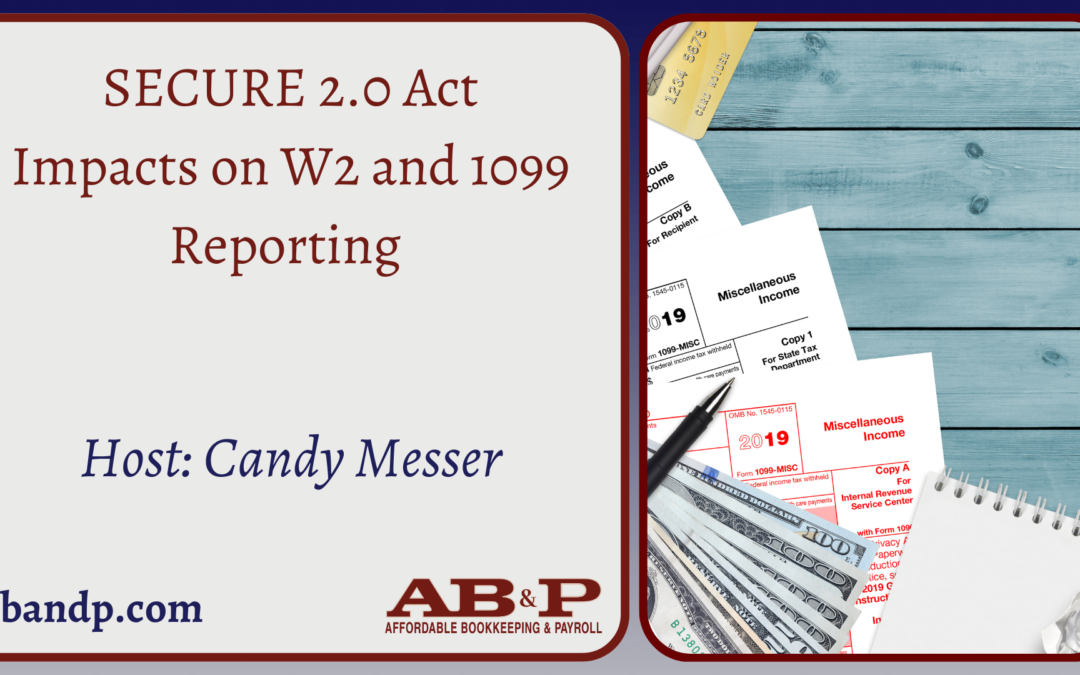The IRS reminds businesses that changes from the SECURE 2.0 Act will affect how Forms W-2 (including W-2AS, W-2GU, and W-2VI) are completed. These changes reflect new provisions related to employer retirement plans, which are designed to promote increased participation in these plans.
Key provisions affecting W-2 reporting include:
- De Minimis Financial Incentives (Section 113): Employers can offer small financial incentives to encourage employee participation in 401(k) or 403(b) plans. These incentives are treated as income and subject to regular tax withholding. Refer to Notice 2024-2 for more information.
- Roth SIMPLE and Roth SEP IRAs (Section 601): Employers offering SEP or SIMPLE IRA plans can now allow employees to contribute to Roth IRAs. Salary reduction contributions to these Roth accounts must be reported in boxes 1, 3, and 5 of Form W-2 (or box 14 for railroad retirement taxes) and in box 12 using code F for SEP or S for SIMPLE IRA. Employer contributions should be reported on Form 1099-R.
- Optional Roth Treatment for Employer Contributions (Section 604): Employees can now designate matching or nonelective contributions as Roth contributions. These must be reported on Form 1099-R using code G. They are not subject to income tax withholding.
Reporting Requirements:
- Form W-2: Salary reduction contributions must be reported in boxes 1, 3, and 5, and matching contributions to Roth plans must be reflected using appropriate codes in box 12.
- Form 1099-R: Employer contributions to Roth SEP or Roth SIMPLE IRAs, and designated Roth matching or nonelective contributions, must be reported in boxes 1 and 2a using the specified codes.
For more information, consult the 2024 General Instructions for Forms W-2 and W-3 and the 2024 Instructions for Forms 1099-R and 5498. If you have had any these types of transactions, be sure to alert your payroll processor now so they can properly be included in W2 or 1099 forms
